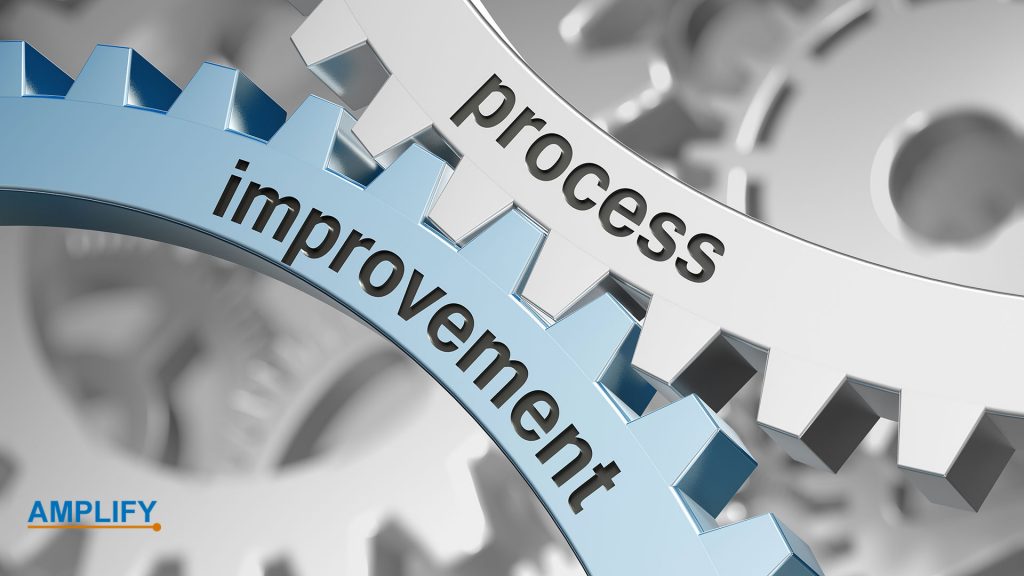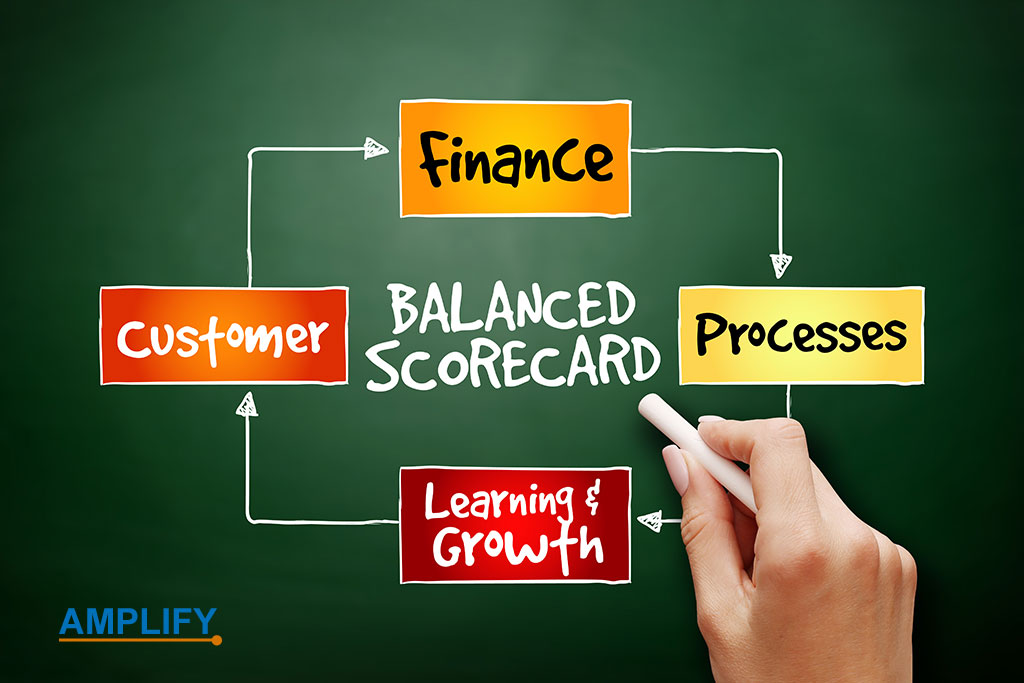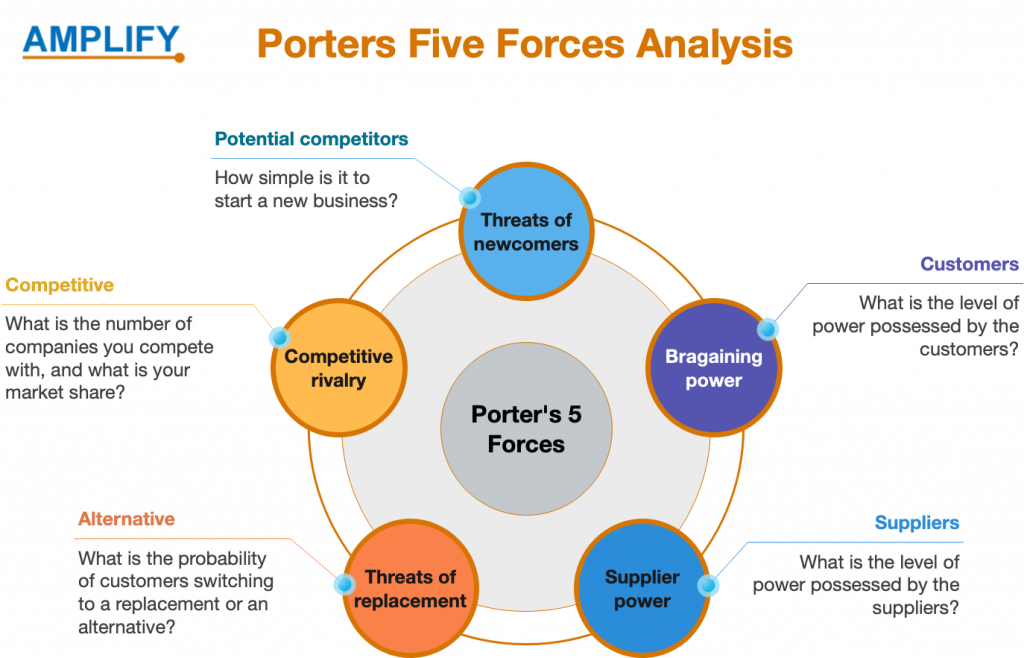
Business Process Improvement (BPI) offers organizations a systematic approach to drive efficiency, effectiveness, and overall business performance. To harness the full potential of BPI, measuring and evaluating its impact on business outcomes and goals is crucial. Organizations can ensure the desired results and maximize the benefits of BPI initiatives by employing clear objectives, relevant metrics, baseline measurements, a holistic measurement approach, technology utilization, continuous monitoring, and stakeholder feedback. Embracing a culture of evaluation allows businesses to adapt, improve, and thrive in an ever-evolving marketplace.
Setting Clear Objectives:

Define objectives that align with organizational goals and strategic direction. Select critical performance, customer satisfaction, quality, and innovation indicators that align with your goals. Establishing baseline measurements before implementing BPI can serve as a benchmark for evaluating progress and understanding the impact of process improvements. Combine both quantitative and qualitative factors to gain a comprehensive understanding of the impact. Quantitative data provides numerical insights, while qualitative data captures the human aspect and contextual awareness
Leveraging Technology and Data Analytics:
- Utilize technology and data analytics tools to streamline the measurement and evaluation process, be sure to collect data accurately, analyze, and report.
- Regularly monitor and track the impact of the BPI initiatives, identifying trends, patterns, and areas for further improvement.
- Engage stakeholders throughout the evaluation process, seeking their valuable feedback and insights to understand the real-world impact of the BPI initiatives.
Data is Key:

Data is crucial for evaluating BPI effectiveness. Use charts, graphs, dashboards, and statistical techniques to analyze data, identifying trends and patterns. Gather data from surveys, interviews, observations, and systems for a comprehensive understanding. Compare against baselines, targets, benchmarks, and best practices to evaluate BPI progress.
Create a data management plan to inform stakeholders about collected metrics. Include metric sources, names, denominators, numerators, sample size, and exclusion criteria. Ensure shared understanding and effective data collection through collaborative meetings and training with responsible parties.
Examine and improve your BPI:
Continuous evaluation of BPI is crucial. Regularly review, refine, and adapt based on results, feedback, and evolving organizational needs. Keep BPI relevant and effective in addressing goals and challenges.

Furthermore, monitoring the external environment, including market trends, customer preferences, and competitor actions, is crucial. This external awareness helps to ensure that your BPI aligns with the changing landscape and remains adaptable to dynamic circumstances. By consistently evaluating and updating your BPI, you can ensure that it continues to deliver lasting value and benefits to your organization, keeping you ahead of the curve and driving sustained success.
The Balanced Scorecard Approach:

The Balanced Scorecard monitors BPI across financial, customer, internal processes, and learning perspectives. Assess impact comprehensively and address gaps using this approach. Learn how it helps strike balance and make informed BPI adjustments
Evaluate BPI holistically, considering financial, customer, internal processes, and learning perspectives. Use the balanced scorecard to track impact on multiple facets simultaneously, ensuring comprehensive outcomes. E.g., cost reduction and productivity gains may impact customer satisfaction or employee engagement..
Using balanced scorecard evaluation, businesses gain insights for data-driven adjustments in BPI strategies, aligning initiatives with desired outcomes across all perspectives.
Communicate and report results:

Communication and reporting play crucial roles in ensuring the success and sustainability of BPI initiatives. It is essential to effectively communicate and report the results to various stakeholders, including managers, employees, customers, and partners. This communication informs them about the achievements, challenges, and lessons learned from the BPI efforts. Furthermore, leveraging the results allows for acknowledging successes, recognizing the team’s contributions, and motivating staff members.
In addition to celebrating wins, utilizing the results to provide feedback to all stakeholders is essential. This feedback can help identify opportunities for further improvement and guide the planning of future steps in the BPI journey. Organizations can foster a culture of continuous improvement and drive sustainable BPI outcomes by effectively communicating the results and leveraging them for input and planning

















